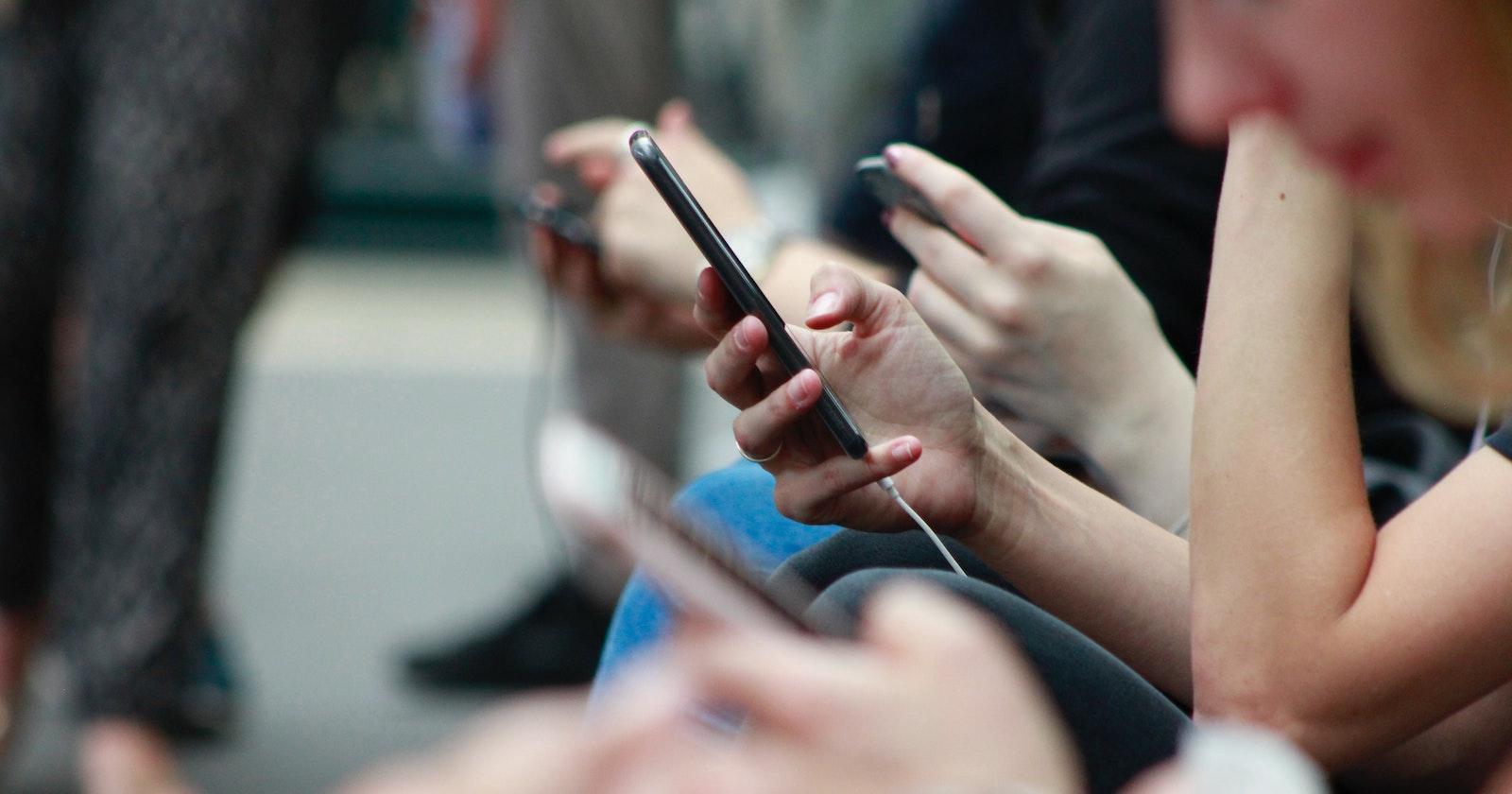
Making Friends with Social Media
Facebook was founded in 2004. In 2007, we were introduced to the iPhone, and in many ways, Facebook became the first social media platform engaged in mass by middle school students and older.
More social media apps quickly followed Facebook, like Twitter, Tumblr, Instagram, Snapchat, and of course recent additions such as Tik Tok (…and yes, parents, our kids do see you trying to create those short catchy dance videos that have become all the rage!!).
And while this current generation of teens and young adults have grown up on social media, perhaps in new ways, March and April of 2020 has been a time where they have been forced to “live” there. (Along with their parents…as shown by all the Tik Tok videos.)
Over the last 2 months, there have been many reasons to celebrate life on social media. Students have been interacting with messages and lessons from important mentors in their youth groups. Friends have created positive memories and experiences that have brought joy to others who are physically alone. And college students have had the opportunity to create memories, and experience events that seemed to be lost when school ended suddenly at the beginning of the pandemic. So many good things to celebrate on social media.
But while social media has been used to bring people together, it has also moved people apart… from others as well as from themselves.
Jean Twenge, a social psychologist from San Diego State University and author of the book iGen, has done extensive work on the effects of new digital media and the mental and emotional health of young people. Here is what she found:
From 2010 to 2016, adolescents who experienced at least one major depressive episode increased by 60%.
She also found that kids who spent three hours or more a day on smartphones were 34% more likely to have experienced at least one suicide related outcome (depression, considering suicide, making a plan, or making an actual attempt) than kids who spent two hours or less on their phones each day. Kids who spent 5 hours a day or more were 48% more likely to experience a suicide related outcome.
At the same time, Twenge discovered that kids who spent more hours per week in sports and other forms of exercise, attending religious services, reading books and other print media, in-person social interactions, and homework showed lower rates of depression.
Get more mental health resources from Briercrest:
-
Read a Christian psychologist and counsellor’s response to the question, “Am I a Bad Christian Because I Deal with Anxiety or Depression?” This is a great resource for kids, teens, and parents alike.
-
Wondering how to add action to mental health awareness? Read "Let's Talk About Bell Let's Talk," where youth speaker and pastor Cody Matchett reviews seven fundamental human connections that, when lost, often result in anxiety and depression, and how to work towards healing them.
It is hard not to see the correlation: more time on screens, greater risk of poor mental health; less time on screens and more time being active and physically present with people, greater chance of better mental health.
It seems that our social media platforms may actually hinder the benefits of being social. So how do we “make friends” with our social media?
1. Don’t rush throw away their phones…at least not yet.
Twenge found that kids who spent less than 2 hours per day on their devices and/or kids who spent above average time in face to face social interactions were generally unharmed by their digital engagement.
So, instead of simply tossing our devices, let’s track our time on our devices. Most devices have built in software to track how much time, and where that time is spent on our phones. Make a commitment as a family or with friends to track your use for a week, then sit down and talk honestly about how much time you have spent on the device, why you have spent that time, and how you think it has affected you.
Try not to judge or attack, but rather listen and discuss. At the same time, track your physical activity and physical social interactions. Talk about the positive and negative effects of both experiences.
- For Apple users: Screen Time is a built-in app that you can activate to track how you or your family members use apps, device, and websites.
- Check out these four other apps parents can use to monitor and limit screen time!
2. Commit to shared physical activity
One of the things we have done as a family is make a commitment to a shared “physical activity time” most days.
At the beginning of the week, choose what those experiences will be. We’ve played games (since my last blog, I've been growing in my Spike Ball skills), had competitions (my wife still wins at 21 on our outdoor hoop), and gone for walks and hikes. It’s not always easy getting our boys out the door, but moods change as bodies move!
3. Gather with your community
Where possible and appropriate, engage relationally with others. This may be a curbside conversation or a drive-by service project.
Again, moving, serving, and communicating wins the day. You can read more on how to 'close the gap' on social distancing and serve together as a family here.
4. Prioritize real online interactions
Finally, enjoy appropriate times online engaging good content, but when possible, let your online time be conversational and interactive. I know many of us are experiencing “Zoom fatigue,” and for good reason, but at least on Zoom, there is “real time” two-way communication and interaction.
When possible, make it fun. There are all sorts of “Zoom games” families can play with other friends that can build great shared experience, making the most of the times we have been given!
Because we are so aware of how we are spending our time these days, and so aware of the time we are not allowed to spend together, this can be a great time to learn and teach the skills of assessment, discernment, and discipline.
More digital discernment resources from Briercrest:
- Read "Why We Need Church in the Digital Age," a look into what's missing in our tech-obsessed age, and why there can be no digital replacement for the life of the Church
- Read the six questions Christians can ask of technology in their lives from Dr. Joel Houston, a Briercrest Seminary professor who researches the Theology of Technology.
If we are intentional about how we relate now, it will help us build the skills that will allow us to relate even better later on, with others and with ourselves as well.

